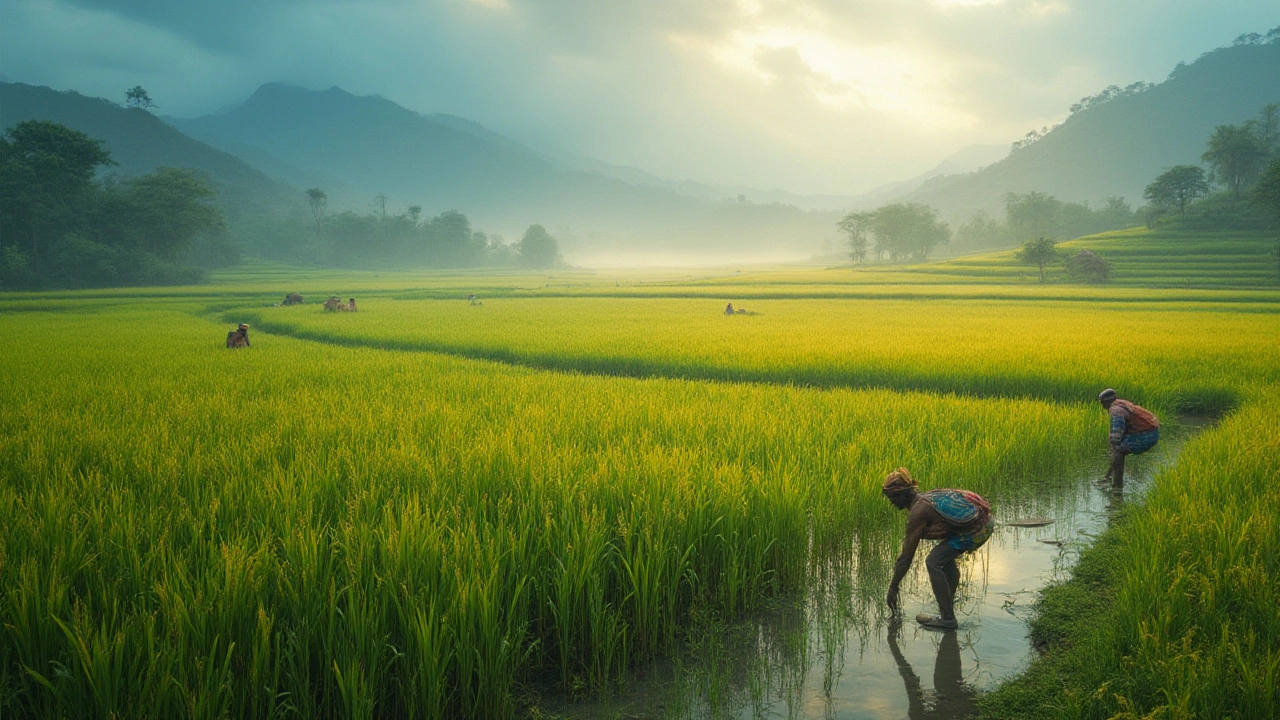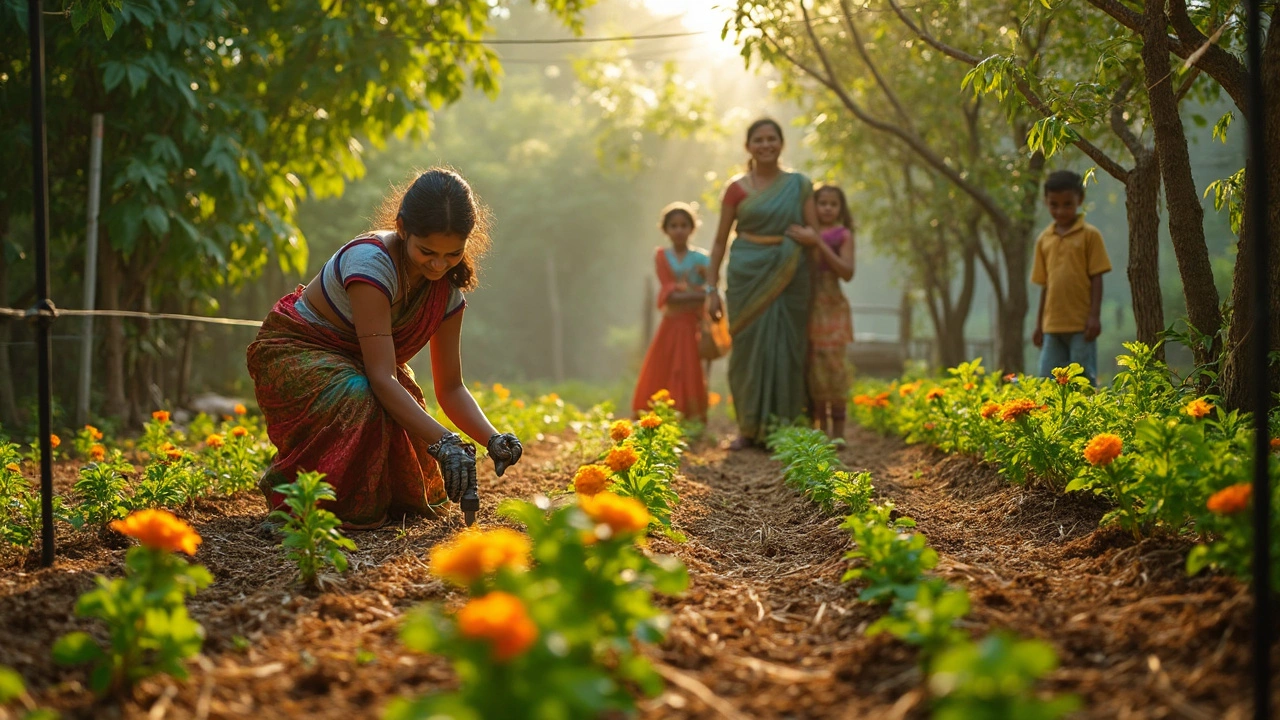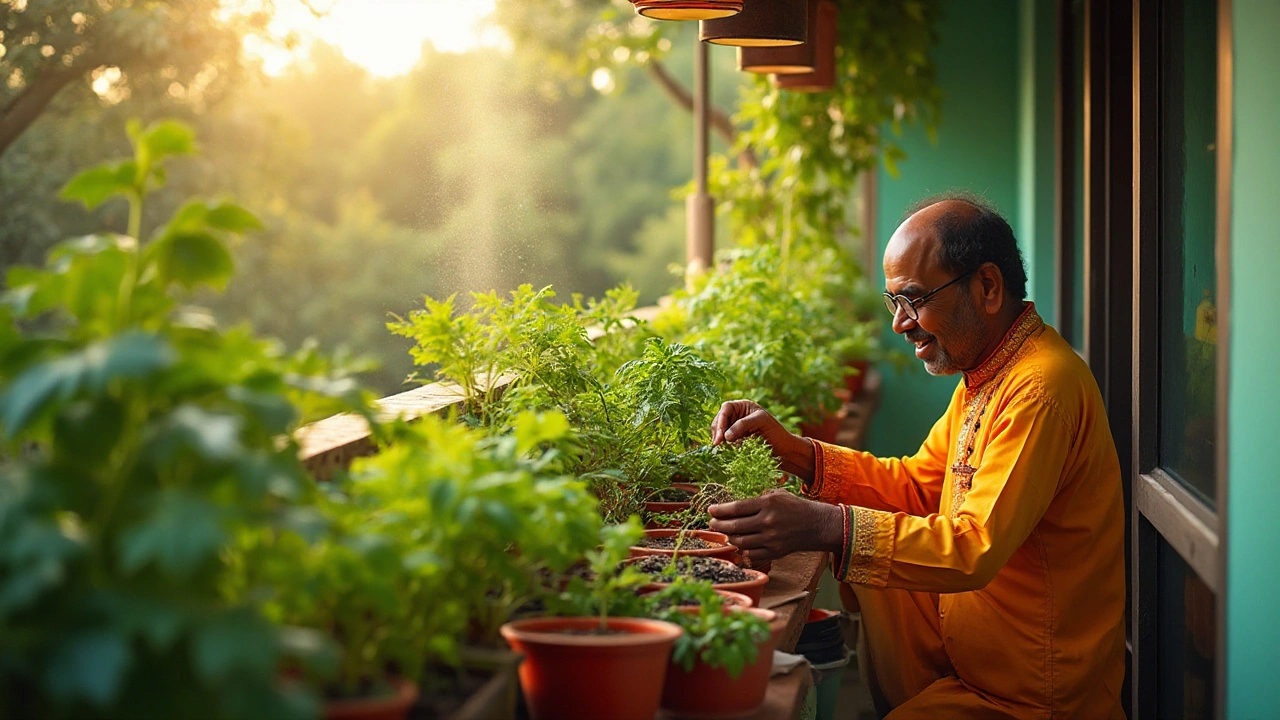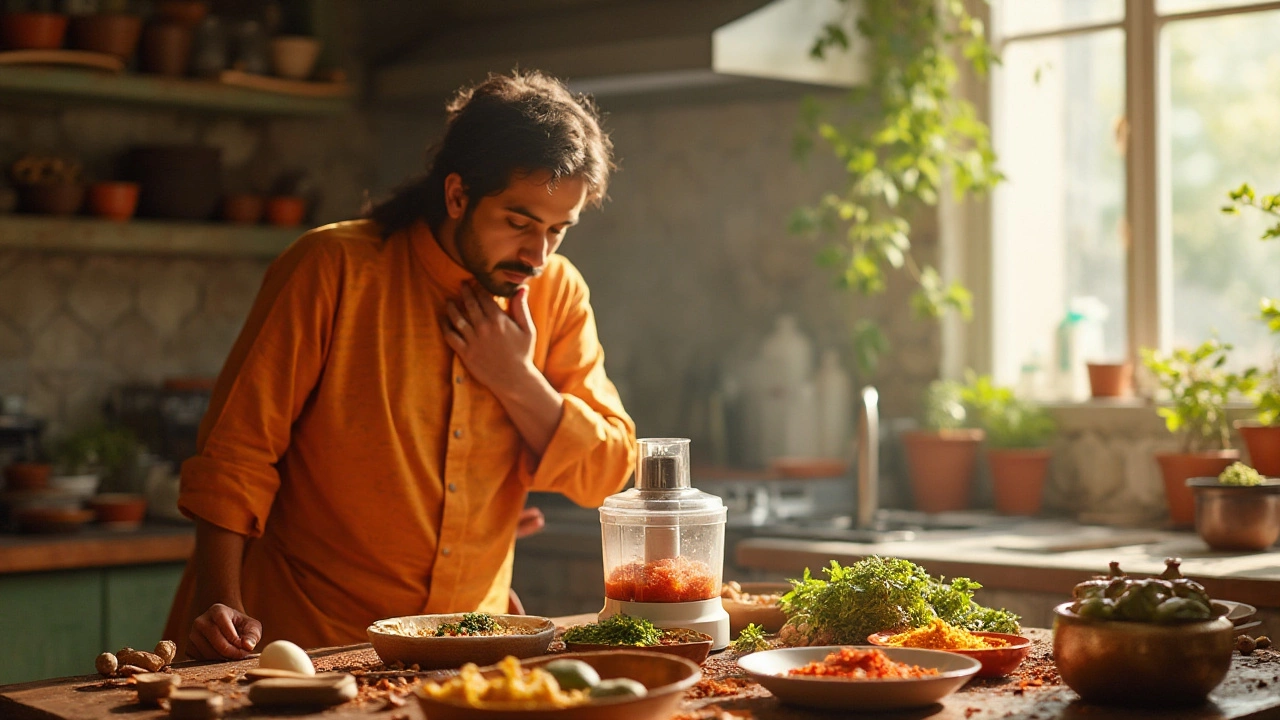Does Rice Grow Back Every Year?
Does rice grow back every year, the question of whether rice plants regenerate without re‑planting each season. Also known as rice regrowth, it covers the biological cycle that lets farmers decide between planting new seeds or letting a crop return on its own. does rice grow back every year is a common query among Indian growers who wonder if they can skip the sowing step. Perennial rice is a newer breed that tries to answer that query. It is a type of rice that lives for multiple years, producing grain each season after the first establishment. Annual rice is the traditional variety most fields rely on. It completes its life cycle in a single growing season, then dies, requiring fresh seeds for the next crop. Rice cultivation cycle includes land preparation, transplanting, flowering, and harvesting. Understanding each stage helps farmers decide whether a permanent stand is realistic in their region.
Why the Difference Matters for Indian Farmers
When you compare annual and perennial rice, the main semantic triple is: "Rice cultivation cycle requires seed input for annual rice, but perennial rice reduces that need." In plain terms, annual rice needs a fresh batch of seeds each monsoon, while perennial rice aims to grow back on its own, cutting labor and cost. This matters because the Indian monsoon can be erratic; a crop that survives year to year gives a safety net when rains are late.
Another triple: "Soil health influences rice regrowth, and healthy soil supports both annual and perennial varieties." Healthy soil holds moisture, supplies nitrogen, and promotes a robust root system. Practices like adding compost, practicing no‑till gardening, and rotating legume crops boost the soil microbes that help perennial rice stay productive.
Farmers also ask: can I let my paddy dry out and still expect a new harvest? The answer depends on the rice type. Traditional varieties will wither, needing new seedlings. Newer perennial strains, bred by research institutes, can survive a dry spell and resume growth once water returns. That’s why the triple "Perennial rice enables multi‑year harvests, reducing seed costs" is gaining attention in policy circles.
Beyond the plant itself, the equipment used matters. Drip irrigation, for example, can be paired with both annual and perennial rice to control water usage. The triple here is: "Efficient irrigation supports rice cultivation, especially in water‑scarce regions, and improves grain yield." If you’re already using drip or mulched beds, you’ll find the transition to a perennial system smoother.
What about pest pressure? Annual rice often faces a fresh wave of pests each season because the crops are uniform and short‑lived. Perennial rice, by staying in the field longer, can develop a more balanced ecosystem where natural predators keep pests in check. That’s another semantic link: "Long‑term planting improves pest management, which in turn enhances sustainable yields."
All these connections—seed requirement, soil health, irrigation, pest dynamics—show why the simple question "does rice grow back every year" opens a whole web of factors. Below you’ll find articles that dive into daily watering tips for container gardens, the economics of high‑paying factory jobs, the origins of rice, and more. Each piece adds a layer to the bigger picture of how rice fits into India’s sustainable agriculture and manufacturing landscape.
Does Rice Grow Back Every Year? Perennial vs Annual Rice Explained
Does rice regrow every year? Find out if rice is annual or perennial, what happens after harvest, and clever tips for your own rice patch or paddy.
- manufacturing
- India
- food processing
- garden tips
- rice cultivation
- government schemes
- balcony garden
- urban gardening
- balcony gardening
- profitable business
- business ideas
- plastic manufacturing
- drip irrigation
- plant care
- steel manufacturing
- sustainable gardening
- startup ideas
- steel industry
- flower gardening
- textile manufacturers






